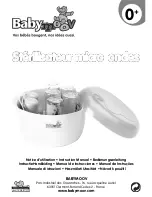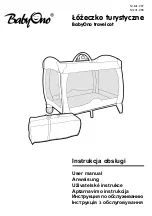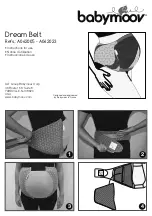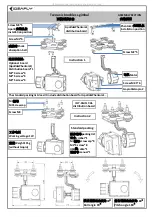
Intel® Responsive Retail Sensor (RRS) Hx Series Sensor
User & Installation Guide
August 2018
Page: 40
Revision 0.4
9.3.2
Proper Cable Type
For in-store RRS installations, it is recommended to use high-quality CAT 5e or CAT 6
cabling. Cables are categorized according to the data rates that they can transmit
effectively. The specifications also describe the material, the connectors and the number
of times each pair is twisted per meter. The most widely installed category is CAT 5e.
Ensure that the category (CAT) of cabling used in the RFID system installation fulfills the
required data rates.
Cat 3 (no longer used) up to 16 MHz
Cat 5e up to 100 MHz
Cat 6 up to 250 MHz
Cat 6A up to 500 MHz
Cat 7 up to 600 MHZ
Cat 7A up to 1 GHz
Video and image files are generally much larger than JSON text files and need to be
moved around the network as quickly as possible. In general, it is possible to use good-
quality CAT 5 cabling for gigabit networks. However, it is generally recommended to use
CAT 5e or CAT 6 cabling for gigabit connectivity, even if the existing network switches
and routers support only 100 Mbps. This will ensure that the infrastructure in place can
support gigabit data rates when an upgrade becomes necessary.
9.3.3
Proper Cable Length
Ensure that your cabling meets the requirements of your equipment. The distance
between an RRS and the switch cannot be greater than 100 m. If installing sockets,
remember to consider the distance between the socket and the RRS. A good rule of
thumb is 90 meters for horizontal runs, and ten meters for the patch cabling.
Do
NOT
run cabling next to electrical cabling due to the potential for interference.
Since network cabling typically uses solid wire, cabling should not be twisted or bent into
a tight radius (not less than 4 times the diameter of the cable). Do not use metal staples
to secure cable runs, nor tightly adjusted cable wraps.
Avoid a daisy chain network topology using intermediate switches or butt connectors to
extend the length of an otherwise "too short" cable run. Use a single continuous cable
run from the RRS to the switch.











































